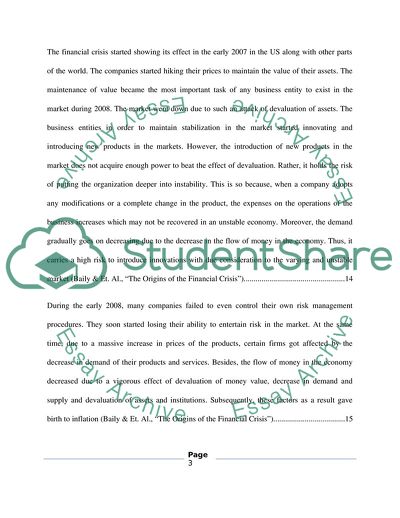Cite this document
(The 2008 Financial Crisis: causes and consequences Research Paper, n.d.)
The 2008 Financial Crisis: causes and consequences Research Paper. https://studentshare.org/macro-microeconomics/1760022-the-2008-financial-crisis-causes-and-consequences
The 2008 Financial Crisis: causes and consequences Research Paper. https://studentshare.org/macro-microeconomics/1760022-the-2008-financial-crisis-causes-and-consequences
(The 2008 Financial Crisis: Causes and Consequences Research Paper)
The 2008 Financial Crisis: Causes and Consequences Research Paper. https://studentshare.org/macro-microeconomics/1760022-the-2008-financial-crisis-causes-and-consequences.
The 2008 Financial Crisis: Causes and Consequences Research Paper. https://studentshare.org/macro-microeconomics/1760022-the-2008-financial-crisis-causes-and-consequences.
“The 2008 Financial Crisis: Causes and Consequences Research Paper”. https://studentshare.org/macro-microeconomics/1760022-the-2008-financial-crisis-causes-and-consequences.


